Day 5 - Fukuoka To Umi, Kyushu 108 Temple Pilgrimage, Japan
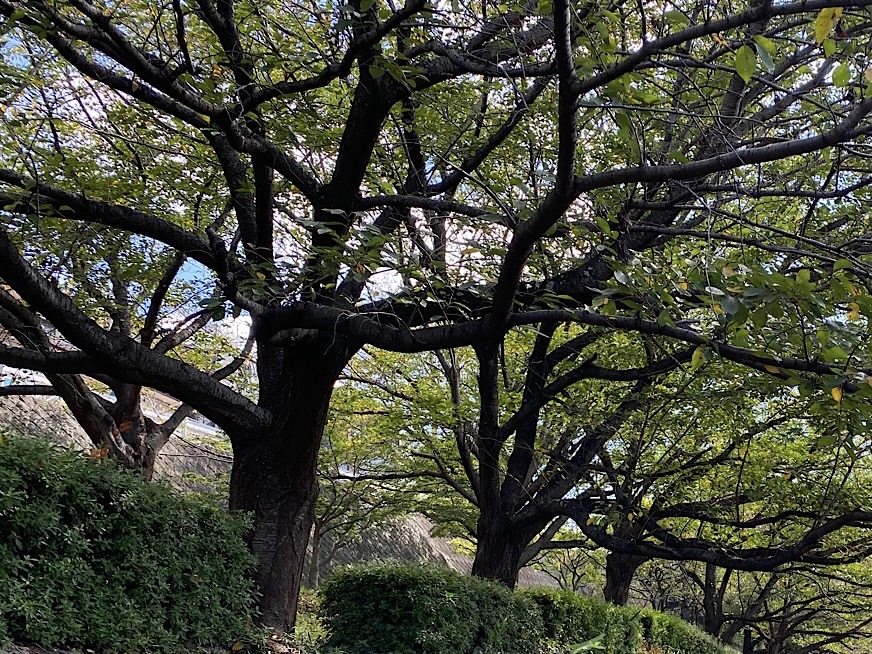
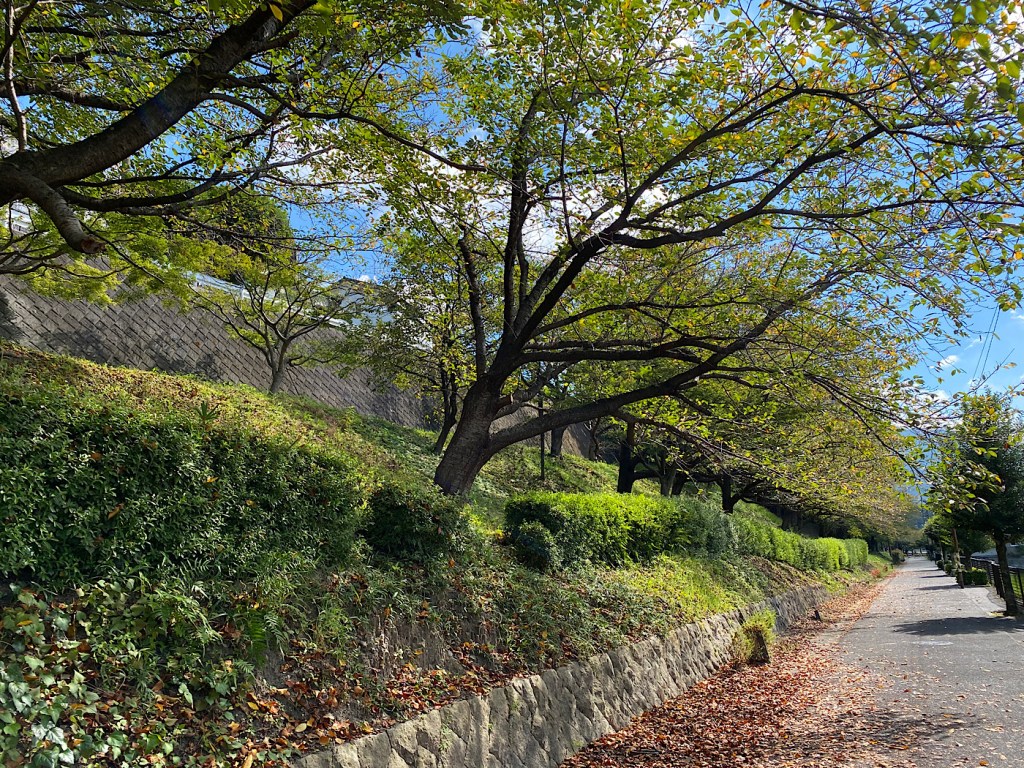
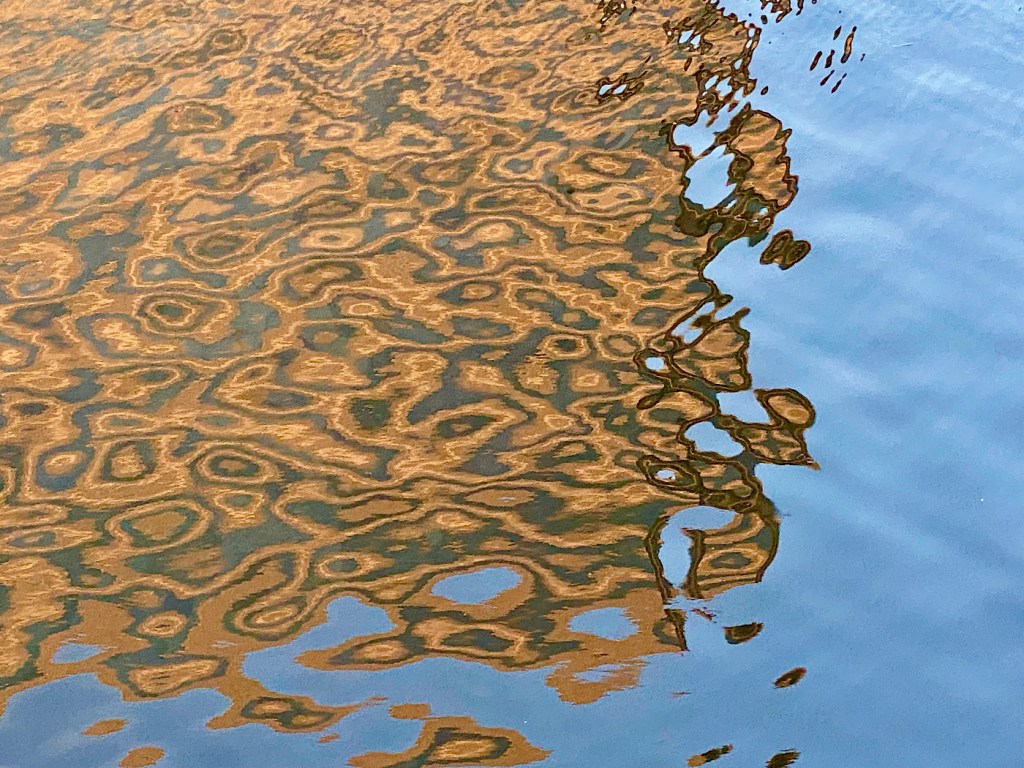

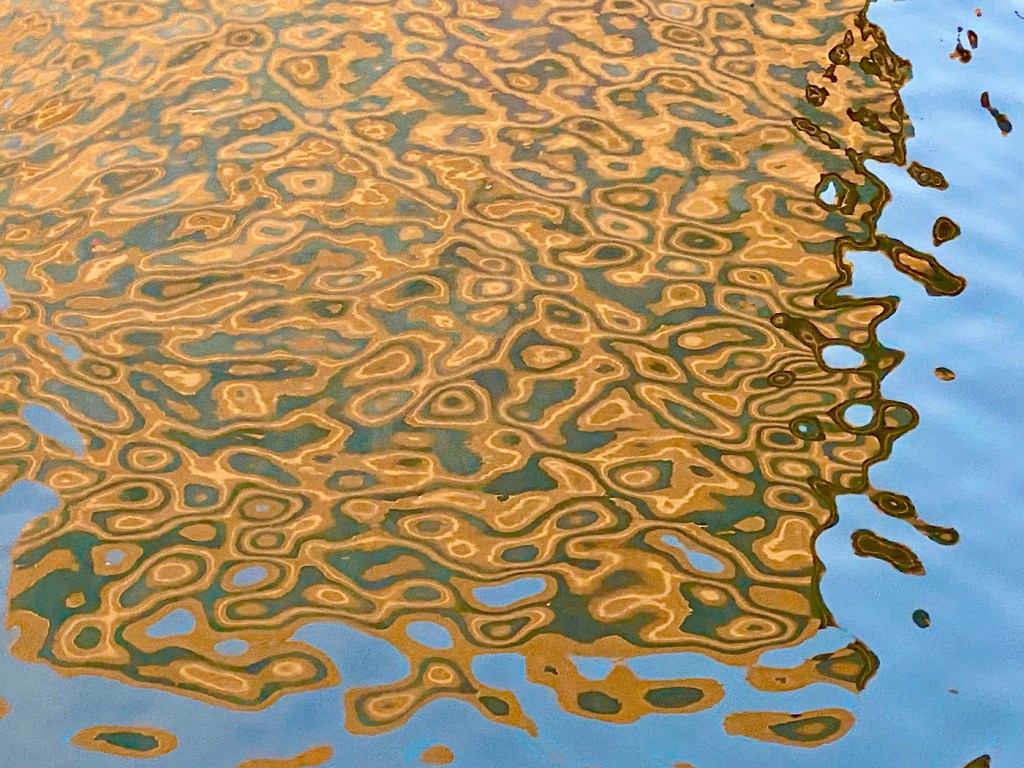






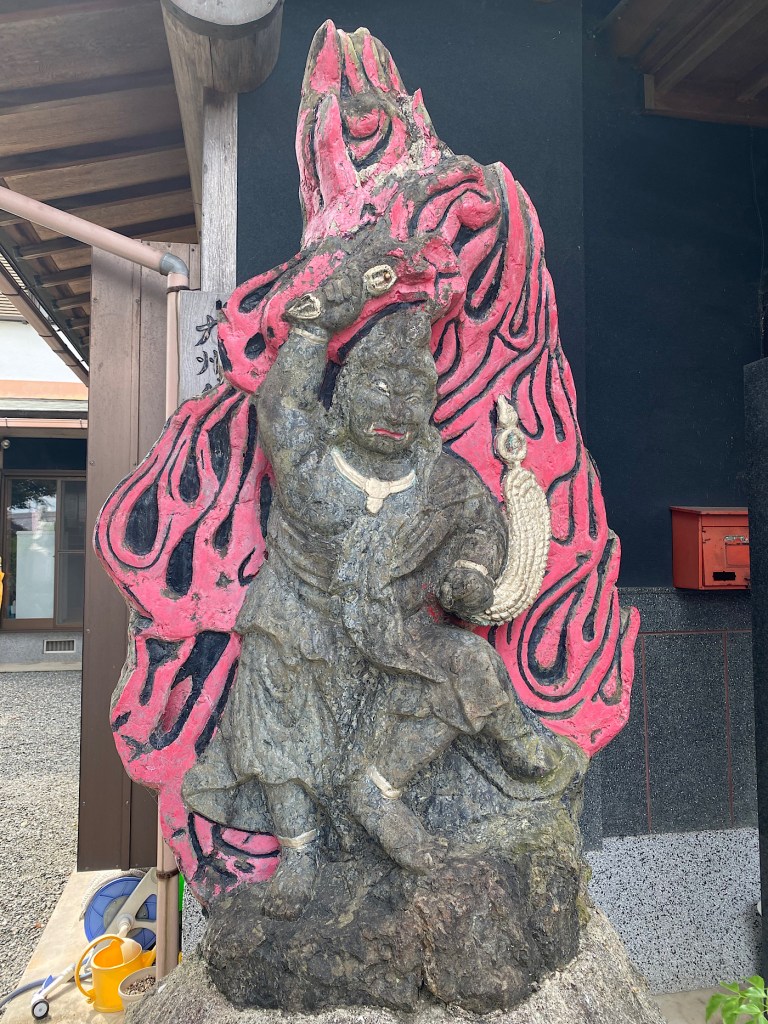
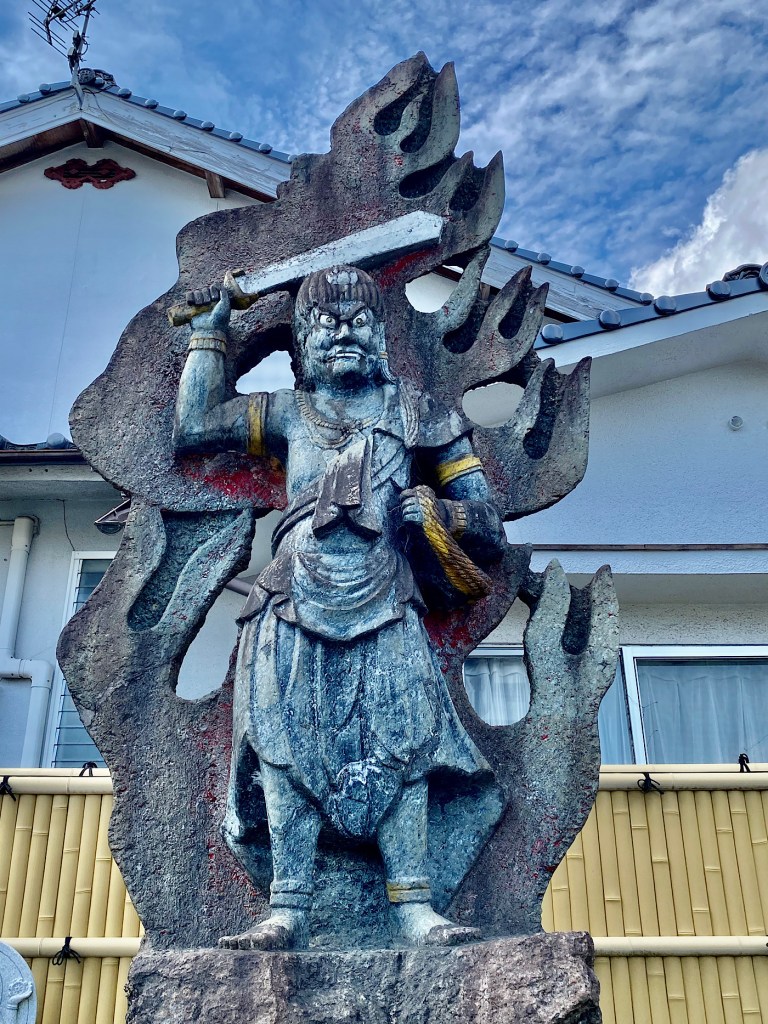
Day 5 - Fukuoka To Umi,
Kyushu 108 Temple Pilgrimage, Japan
This morning as we were eating breakfast, a young boy of about eight or nine, dropped his food tray near jules and yogurt was sprayed all over Jules’s black pants.
The boy and his parents looked terrified.
The mother fell to her knees to clean the mess and the hotel’s staff rushed to wipe Jules’s pants.
We reassured the father and the boy that it was ok and that things like that happened, as we moved to another table to allow the staff to clean up the mess.
The boy came over to Jules, stood in front of him with his hands to his side, bowed very deeply and apologized in English, looking so sad.
Jules reassured the boy that everything was fine, but despite that, the family quickly gathered their belongings and left the dining room.
Because my legs are still achy and my feet throbbing, we decided to do an easy day of walking.
We walked to Temple #8 Ryushoji, located in the town of Umi, in Fukuoka Prefecture, just north of Dazaifu with its famous shrine.
The origin of the name of the temple comes from the legend that Empress Jingu gave birth to Emperor Ojin in this place, after returning from the three Koreas.
Umi Hachiman is enshrined in the temple, who is believed to be a god of safe delivery.
The Ryusho-ji Temple was built by Osho Hirotaka in 1968, and the temple is located at the foot of Mt. Shioji, overlooking Mt. Wakasugi and Mt. Homan in Sasaguri.
We will be climbing Mount Wakasugi in Sasaguri the day after tomorrow.
The principal image of worship is Dainichi Nyorai, the healing Buddha.
On both sides stand Fudo Miyoo and a thousand arm Kannon, the Goddess of mercy.
The Kannon statue is estimated to have been made in the Muromachi period (1336-1573).
Thoughts came to my mind about why people pray to so many different images and statues.
Judaism, Christianity and Islam, known as the Abrahamic Religions, all preach that God is one.
That One God is Omnipotent, Omniscient and Omnipresent, so there is no need to pray to the god of safe child bearing or the god of healing of eye ailments or for the god of success, etc.
The truth is that people in pain and despair need to see and touch a personal God.
The many statues with their specific healing attributes, are a way for people to make a prayer and to speak to a god that is not an abstract idea or pure unseen spirit.
The lady at the temple stamped our book and scroll.
She spoke no English, telling me that she studied in high school, but that was so long ago that she couldn’t remember anything.
She seemed amazed to hear that we hadn’t come by car and that we were doing this pilgrimage on foot.
She asked how old we were and said that we looked much younger.
She took us to the back patio of the main hall and showed us the Sasaguri mountain that we have to climb soon.
She sent us on our way with cookies and bottles of ice green tea.
We felt still strong and able to walk more, so we decided to cover most of the walk to Sasaguri.
It was very late when we returned to our small hotel room and bathed in the hot springs, iwhich revived my feet and soul.
I am hoping that we will get adjusted soon and that the unseasonal heat will subside soon.
With love and light,
Tali
Stats: 32,675 steps
Today’s walk: 22 km
Kilometers walked to date: 105.5
Temples visited:
Temple #8 - Ryushoji 隆照寺